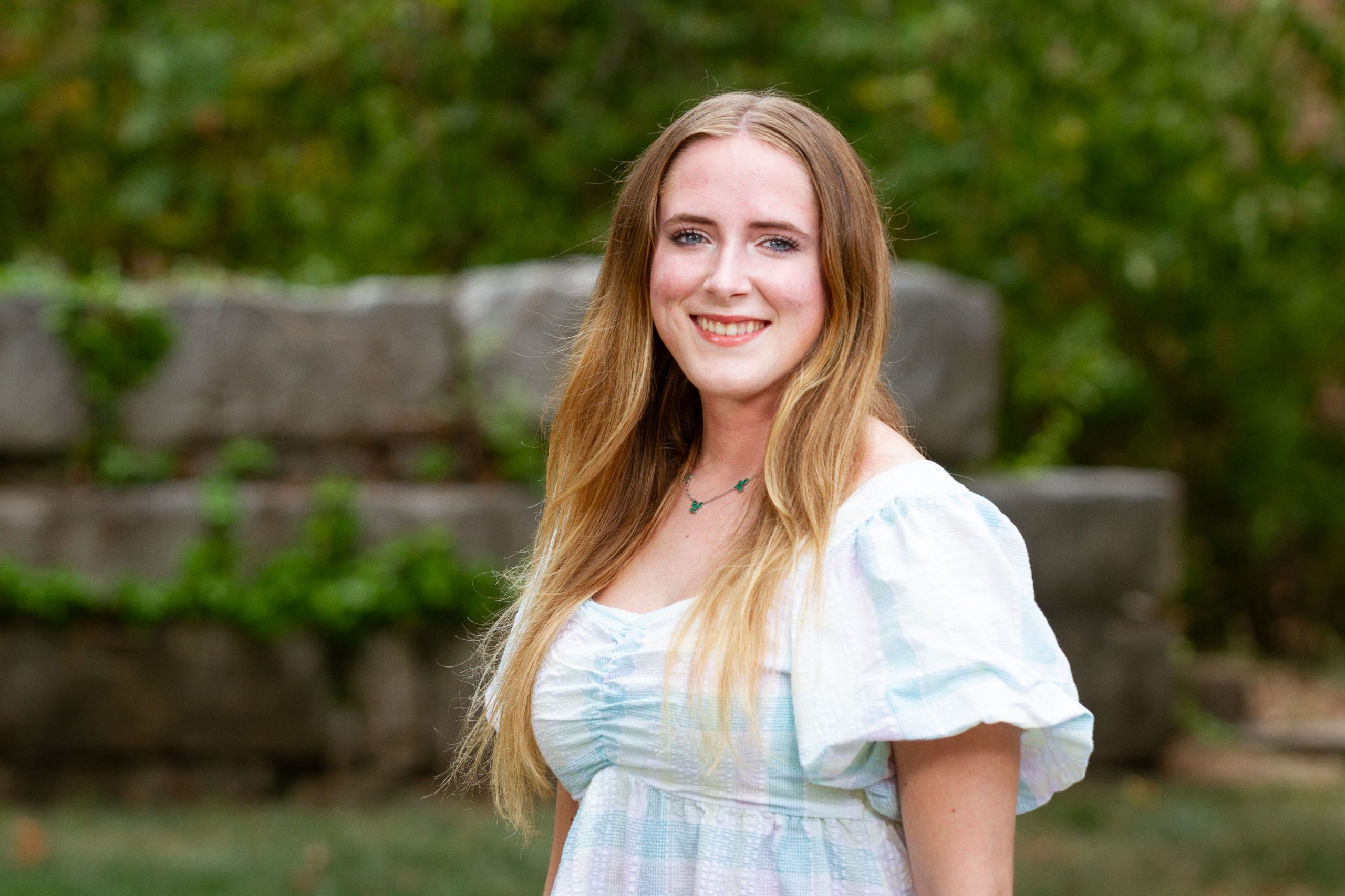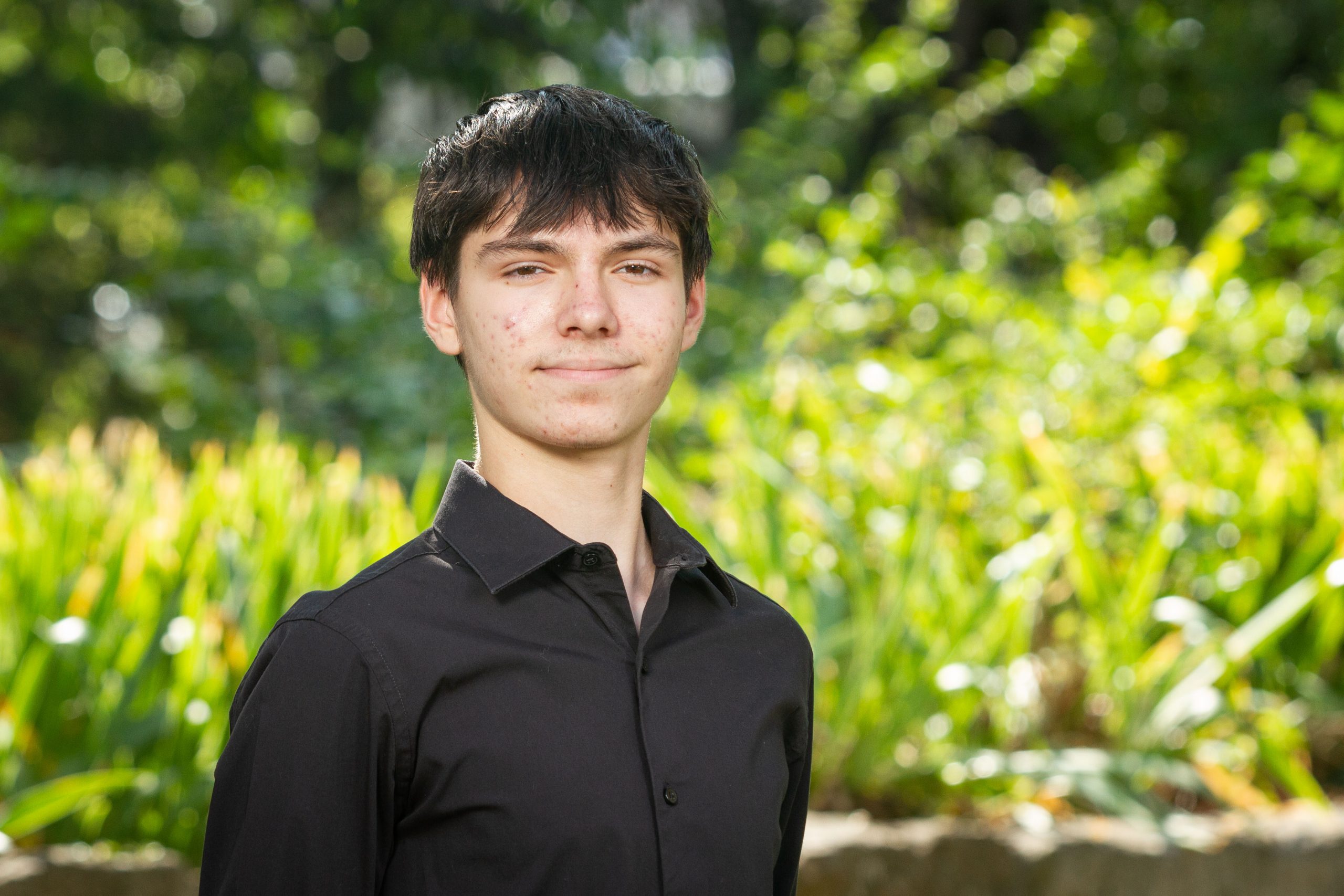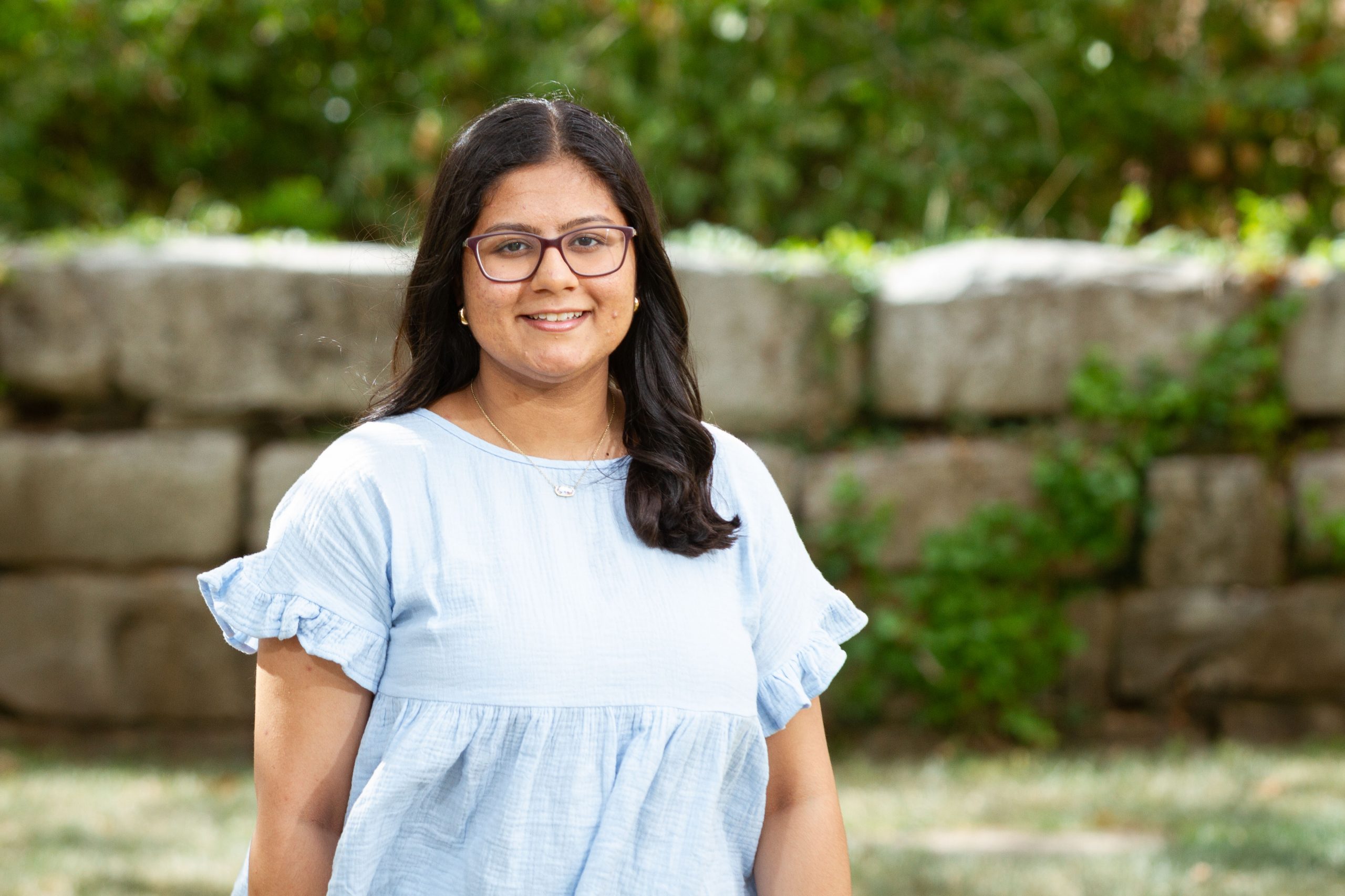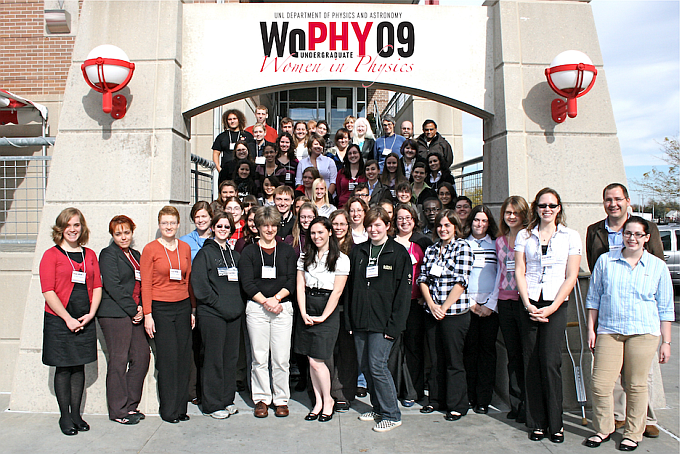Residential Counselor Rose Nash Presents Master’s Thesis at Oxford Conference
September 2, 2010 | 5Q, Academics, International, News, People, Research, Staff, Student Life, Student Success, WKU | No Comments
Interview by Kelsey Wagner, Academy Avatar
The students of Gatton Academy are not the only high-achievers in Schneider Hall. Over this summer, Residential Counselor Rose Nash traveled to the esteemed Oxford University in England to present her Master’s thesis to a group of her academic peers. The Academy caught up with her and she answered a few questions about her presentation and her trip in general.
When did you go?
The conference was held the 11th through the 13th of July.
Why were you there?
I presented part of my thesis: A Loss of Connection: Science in Romanticism and Science Fiction at the fifth Global Conference of Visions of Humanity in Cyberculture, Cyberspace, and Science Fiction at Oxford University.
What kinds of things did you do while in England besides present at the conference?
At the conference, I presented and participated in discussions with other presenters about their theses. I got to know people from all over the world. I also spent 2 days in Oxford, where Tolkien and C.S. Lewis were from, and got to see where they studied and worked. I [spent time] in London touring for 2 days.
Would you share with us a little information about your thesis?
My thesis is the idea that modern science fiction is an extension of Dark Romanticism. The part I presented is connecting two of Nathaniel Hawthorne’s short stories, “The Birth-mark” and “Rappiccini’s Daughter,” to Ray Bradbury’s Fahrenheit 451.
How did you feel about presenting?
Incredibly nervous! I was the only person there who wasn’t in the process of earning or already have a Ph.D. Once I was there, though, I really enjoyed it and got a lot of useful information for my thesis.
Which other theses stood out to you? Which were your favorites?
The ones on virtual worlds and how they impact how we communicate and how its changing, and what it really means to be human. Also, a lot of papers on the Cyberpunk movement. Cyberpunk is [a subgenre of] revolutionary stories in science fiction about changing things. Many authors tied into real-life cases like genocides in Africa, AIDS epidemics, and man’s want to not age or die. The constant use of science and the attempt to escape is really what it means to be human.
How many people presented at the conference?
Forty people presented from fourteen different countries [were in the audience], plus their family and friends. There were three days of presenting nonstop, with a social justice conference too.
What was your favorite part of the whole trip?
Meeting others in science fiction field. I met nice guy from Brazil, a guy from New Zealand, a girl from Norway, a cool girl from Vietnam, and girl from Czech Republic who was working in Greece.
Any final words you would like to leave us with?
It was really nerve-wracking, but–in the end–it was completely worth it.



